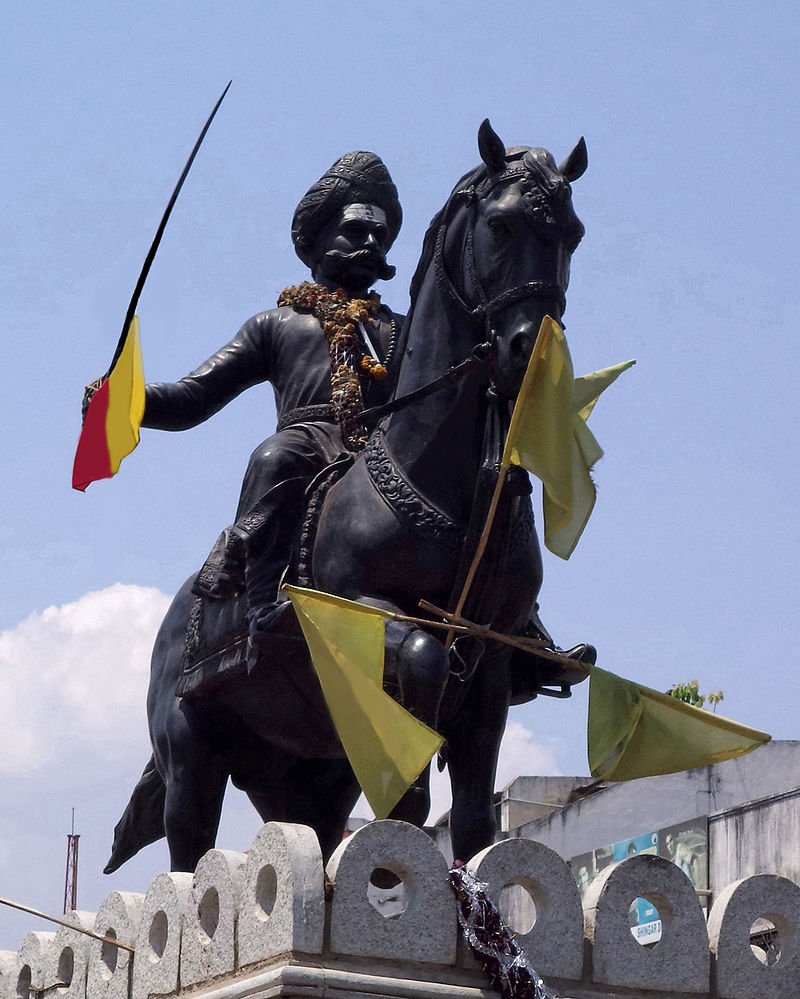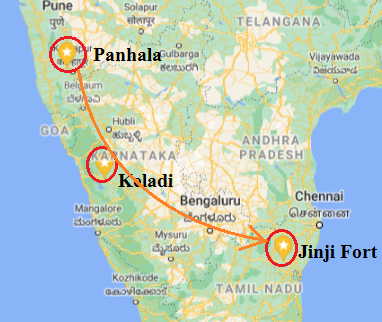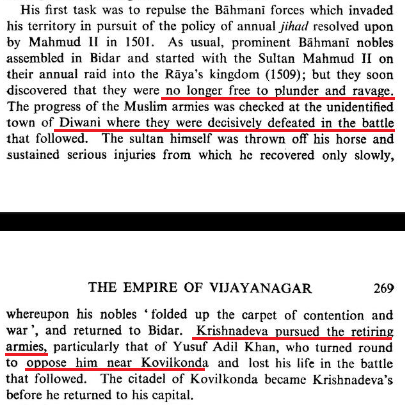
1.
Contribution of Keladi Nayakas to the Hindu History
Keladi Nayakas arose as vassals of Vijayanagara Empire in 1499 CE.
#Hindutva #Karnataka #History
Contribution of Keladi Nayakas to the Hindu History
Keladi Nayakas arose as vassals of Vijayanagara Empire in 1499 CE.
#Hindutva #Karnataka #History

2.
Keladi is located ~40 kms from Jog Falls, Shivamogga Dist, Karnataka.
Sadasiva Nayaka was a very trusted general of Vijayanagara Empire, who served in northern expeditions vs Deccan Sultanates, as well as proving loyalty whenever internal instability arose in the empire.
Keladi is located ~40 kms from Jog Falls, Shivamogga Dist, Karnataka.
Sadasiva Nayaka was a very trusted general of Vijayanagara Empire, who served in northern expeditions vs Deccan Sultanates, as well as proving loyalty whenever internal instability arose in the empire.

3.
Shivappa Nayaka gave refuge to the last Vijayanagara king, Shriranga III after defeat in battle by Adilshah of Bijapur.
Shivappa Nayaka gave refuge to the last Vijayanagara king, Shriranga III after defeat in battle by Adilshah of Bijapur.

4.
The 4th successor of Shivappa Nayaka, Rani Chennammaji, gave refuge to Chhatrapati Rajaram was en route to Jinji from Panhala fort, escaping from Mughal invasion of the Deccan.

The 4th successor of Shivappa Nayaka, Rani Chennammaji, gave refuge to Chhatrapati Rajaram was en route to Jinji from Panhala fort, escaping from Mughal invasion of the Deccan.


6.
1763: After the setback to Marathas at Panipat in 1761, Hyder Ali of Mysuru invaded Keladi & captured Queen Virammaji. She was imprisoned with her son in fort Madugiri/Madhugiri.
1767: Peshwa Madhavrao captured the fort of Madugiri on 4th March & liberated Rani Virammaji!

1763: After the setback to Marathas at Panipat in 1761, Hyder Ali of Mysuru invaded Keladi & captured Queen Virammaji. She was imprisoned with her son in fort Madugiri/Madhugiri.
1767: Peshwa Madhavrao captured the fort of Madugiri on 4th March & liberated Rani Virammaji!


7.
Such was the role played by the less-known Keladi Nayaka kingdom during medieval India - serving Vijayanagara Empire, as well as fighting the Mughals.
#Hindutva #History #Karnataka
Such was the role played by the less-known Keladi Nayaka kingdom during medieval India - serving Vijayanagara Empire, as well as fighting the Mughals.
#Hindutva #History #Karnataka
8.
They can truly be called the 'historical joining link' between the Vijayanagara Empire & Hindavi Swarajya.
#History #Hindutva #Karnataka
They can truly be called the 'historical joining link' between the Vijayanagara Empire & Hindavi Swarajya.
#History #Hindutva #Karnataka
• • •
Missing some Tweet in this thread? You can try to
force a refresh





















